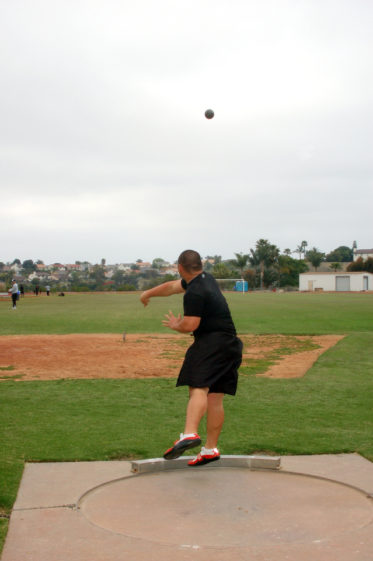Model Skills from Interesting People!
Modeling is the primary discipline of neuro-linguistic programming (Short: NLP). If you look at the history of the NLP on the previous blog, you can see that all these strategies and techniques have emerged from observing and imitation of the outstanding people.
The main principles are: Watch and understand why and how they built their excellence. Watch and learn, how they maintain their skills. Break the process into the steps and then into little chunks, and describe them in a way that made it possible for you and others to understand and imitate them.
Said with Robert Dilts, the modeling is a process by which the relevant behavioral components are discovered and organized into a step-by-step process.
NLP offers discernment criteria and techniques to identify and describe patterns of verbal and nonverbal behavior.
The goal of the modeling process is to create a precise map that allows anybody to apply the modeled strategies in a beneficial way.
Modeling can be done in many ways. The portfolio ranges from unconscious and informal modeling, which we often do in everyday life imitating other important or interesting people, to a sophisticated, complex modeling strategy of exceptional individuals.

Image: tim & annette
Modeling is a natural process. Children intuitively sense their parents and other people close to them, thus learning to unconsciously respond to and mimic complex behaviors, attitudes, and perspectives.
When modeling, it’s critical to which level or chunk size of skill you want to focus on. Sometimes simple mimicking or mirroring is enough when it comes to simple behavioral skills.
However, this is ineffective when it comes to complex cognitive and linguistic skills.
The most common and simple methods of modeling or – if you would rather like to use the technical term – elicitation used in NLP are:
Remembering and reliving a specific experience or
The completion of a task that requires or triggers a particular skill, strategy, resource, or problem state.
Why Is Modeling Good for You?
Modeling can improve thought processes and help us respond more quickly to unexpected things. The ability to understand something better and faster improves the ability to learn and to teach. To understand another — possibly a contrary position — and to respond adequately.
It can improve a certain performance so that you can repeat something and refine it until it succeeds. Good examples can be actors, singers or athletes. The behavior, thinking and feeling of such experts is scrutinized in modeling.
Often the experts themselves cannot be interviewed and questioned. In such cases, the process of modeling could be gained from books. Biographies or autobiographies can be also used.
Also, processes useful in one area of life or context may be transferred to another area.
What Elements Should Being Model?
While we can easily learn from each other in social situations and imitate behavior easily and quick, NLP-modeling is a scientific modeling process.
The steps and features are more or less predetermined. Also the sequence. However, in practice, it is important to get involved in the process and to follow the inspiration and energy.

Image: Rob Kimball
The key features or distinctions that are respected in the NLP-modeling process are the following:
What is important in terms of physiology?
Here you should watch:
The physique and charisma,
The posture patterns,
The gestures,
The body movement,
The eye movements, and as well
The voice and speech speed.
What is important in terms of thinking and cognitive strategies?
Here you should watch:
Which sense-specific representation systems are preferred by the person you model. For example, in which way are experiences organized and communicated like through the eyes, ears or feelings;
Which submodalities patterns are preferred? For example, are images more static or in motion? Example: When planning the daily routine, it is more likely to be a list or a movie in that the person views herself doing things in a certain way. The latter strategy is mine.
What is important in relation to meta-program patterns?
Here observe and learn how, in general, organizational patterns such as time perception and time management, relationships with loved ones, goal orientation are organized and perceived.
What is important in terms of belief and value systems?
This point is special because it answers the WHY. What is important for a person and why.
Notice all the expressed values, rules, attitudes, and assumptions about the behavior or skill being modeled.
What is important in terms of meta-pattern?
Here watch the interaction between the person being modeled and another person with whom they are dealing in the situation you are modeling.
Pay attention to the patterns in communication and in the relationships between the two persons. What is special about this?
Of course, depending on the case, some of these distinguishing criteria will be more relevant for modeling some skills than others. For example, simple behavior modeling will most likely focus on specific patterns in physiology.
In another case, the modeling of simple cognitive skills will generally focus on representation systems and submodalities.
Modeling a complex behavior would rather require an emphasis on interactive meta-patterns and so forth.

Image: Rob Kimball
If you become curious, you can learn more about this topic. Simply click here and continue to read.
I hope you enjoyed this short introduction to NLP-modeling! Please, let me know what you think about it. So, please take a couple of minutes and give me feedback!
If you have any questions, please, write them down and send them also! I would love to support you on your way!
Sending much Love and Light to you!
Aloha, Jenna
Live up to you!




